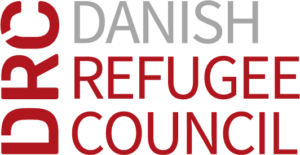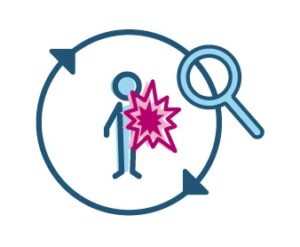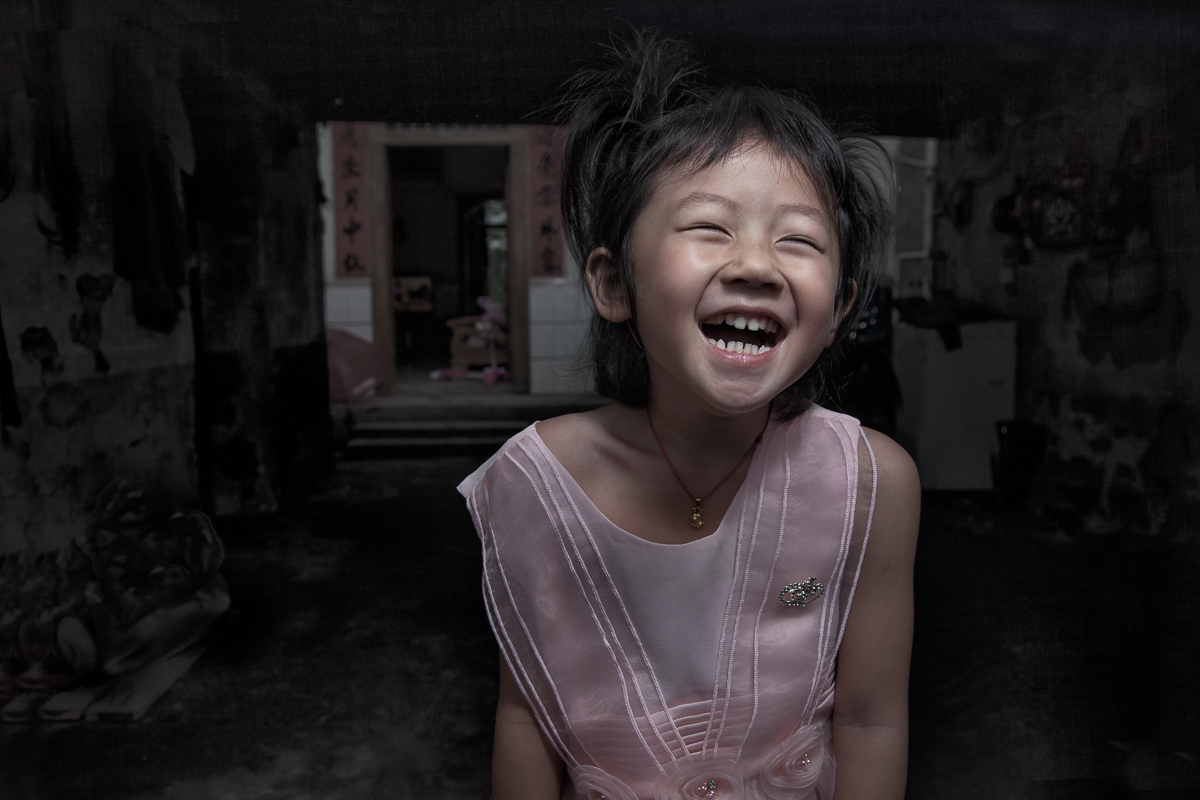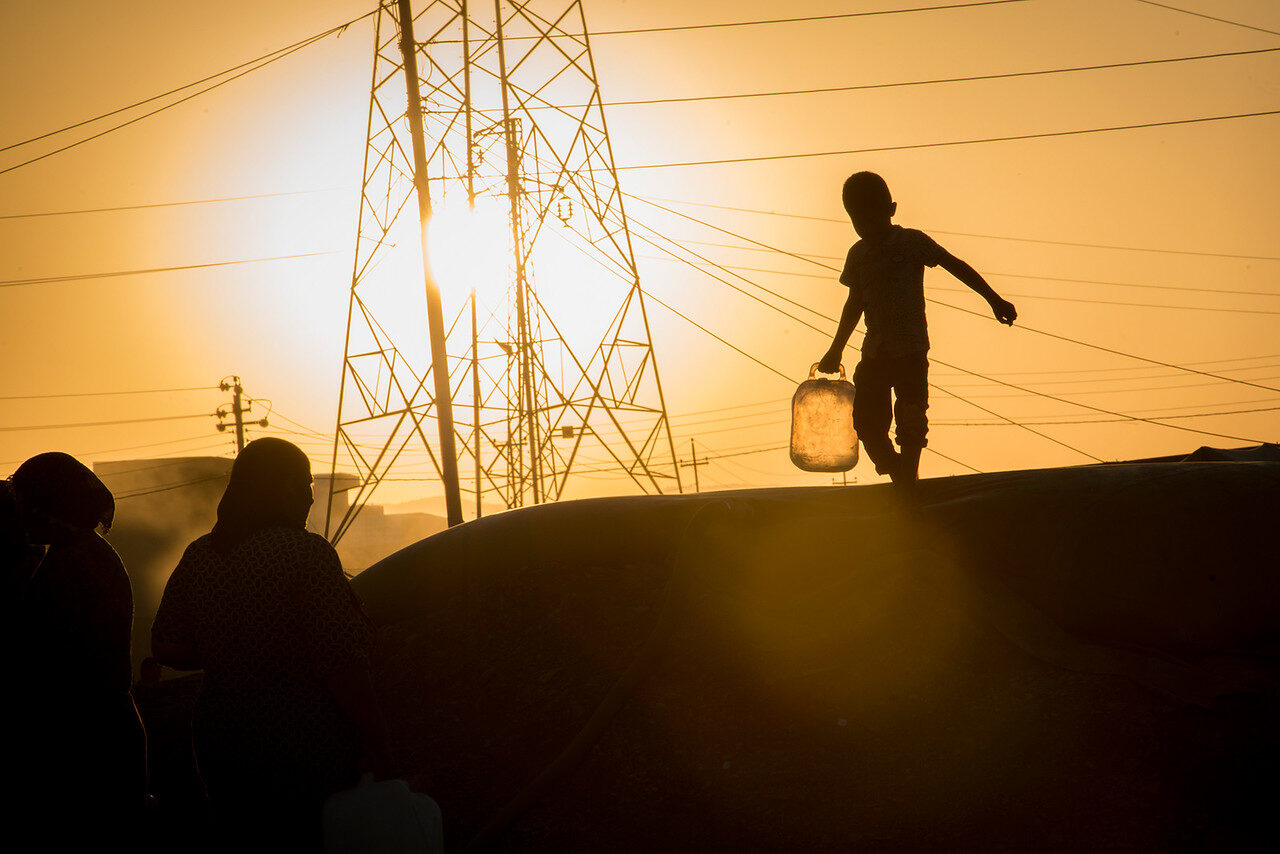 As a submission to the 2020 Results-Based Protection (RBP) Good Practice Contest, the Danish Refugee Council (DRC) team in Iraq presented a tool designed to facilitate a community-based and participatory approach to the identification, prioritization, and analysis of protection risks. The tool, awarded “Runner-Up” in the RBP contest, provides an excellent framework for light-touch, context-specific protection analysis according to the risk equation, a key element of Results-Based Protection. While this is a new initiative still getting off the ground, the tool promotes a promising methodology that could be used to design effective protection programs to reduce threats, reduce vulnerabilities, and increase capacities affected by communities.
As a submission to the 2020 Results-Based Protection (RBP) Good Practice Contest, the Danish Refugee Council (DRC) team in Iraq presented a tool designed to facilitate a community-based and participatory approach to the identification, prioritization, and analysis of protection risks. The tool, awarded “Runner-Up” in the RBP contest, provides an excellent framework for light-touch, context-specific protection analysis according to the risk equation, a key element of Results-Based Protection. While this is a new initiative still getting off the ground, the tool promotes a promising methodology that could be used to design effective protection programs to reduce threats, reduce vulnerabilities, and increase capacities affected by communities.
The Danish Refugee Council Iraq Team’s tool for analyzing risk won First Runner-Up in InterAction’s 2020 Results-Based Protection Good Practice Contest.
HISTORY

Focus Group Discussions (FGDs) are often used by Protection field practitioners to collect qualitative data. While working in the disputed border areas of Iraq, a soon- to-be member of the DRC team in Iraq observed that communities experiencing protection risks were often approached with more of a “box-ticking” exercise that did not always encourage active and meaningful participation by the participants of FGDs. This approach also lacked a framework for analysis of the information gathered. In turn, this can hinder the capacity of humanitarian actors to adequately identify ways to minimize protection risks and to effectively assist vulnerable populations. With these observations in mind, the development of a tool for exploring the breadth of protection risks affecting a community, how to prioritize those most important to them, and ways to break those risks down to better understand the component parts of risk, began. Additionally, the methodology presented below demonstrates a light-touch protection analysis, rather than create a heavy process, that could inform programming.
The most qualitative data collection I’ve ever seen in the protection sector.
DRC PROTECTION MANAGER, Telafar
What makes this tool results-based, and how does it lead to good protection analysis?
While FGDs are a common approach used by NGOs, this methodology helps to meaningfully explore the community’s perspective on protection issues by using the risk equation to analyze the different characteristics of threat, who is vulnerable to that threat and why, and what capacities exist within the community or by individuals to overcome the threat.Rather than merely focus on needs and assume general vulnerabilities, there is a concerted effort to analyze all the components of risk from the perspective of the affected population.
Critical to understanding how different types of risk affect different people, DRC identifies groups within the community who can provide different perspectives on existing protection risks—for example, girls, boys, men, women, those with disabilities, ethnic or religious minorities, etc.—whatever makes the most sense in the given context.In Iraq, DRC has piloted this tool to understand the protection risks of different groups of internal-displaced persons (IDPs) recently forced out of camps in one area and living in informal settlements. Once groups are identified and come together for an FGD, the first set of questions is intended to get participants thinking about all the protection risks in their community. Different formulations on the following questions are asked: What are the dangers and difficulties that your community is experiencing? Skilled staff facilitate the discussion to explore different perspectives that help shape a comprehensive picture of different risk patterns in the community.
Prioritization of the risks is especially critical. To ensure there is a focus and a level of importance given to the issues, the groups are asked to rank the level of seriousness and why. Groups reflect on the level of importance both from the broader community’s perspective and from their personal perspective. For example, by asking: Which of these protection concerns is causing the most distress to you personally? What do you worry about most when you leave your home? Collecting and collating this information from different groups participating in the FGDs allows humanitarian actors to understand which protection concerns are a priority according to the community—a solid basis for program design and adaptation.

Building on the issues that the groups deem priority, the next step—and most critical—is to spend some time discussing each one in-depth to understand who or what is the source of the threat, who is vulnerable to this threat and why, and what existing capacities there are to deal with this threat. The risk equation provides a valuable framework for this discussion to gather nuanced information about each risk pattern, including the source of the threat, and distilling information about motivations, key characteristics, and dynamics that fuel the threat. This discussion is one that is most frequently missed by humanitarians when analyzing protection issues. Too often, there is a focus on general vulnerabilities of the population without adequate attention given to the context-specific details that give rise to the threat and those most at risk to that threat.
As with all FGDs, the skilled facilitator is aware of potential sensitivities and tailors their questions accordingly. For example, highly sensitive protection issues, such as gender-based violence (GBV), are not explored unless the facilitator has received specific training on the “do no harm” approach, there is a degree of trust between the facilitator and the group, additional social workers are on hand for support, and the staff can ensure a safe discussion without fear of additional consequences. For facilitators who are trained and able to facilitate this discussion, the focus is on discussing risk patterns, not specific incidents.
During and after the FGD, the information collected is fed into a “Systematization form,” or a template for protection analysis. This document provides a basis for organizing the information learned during the FGD in a way that can be easily picked up by protection managers or other staff. It includes a list of the protection risks deemed priority by each group participating in an FGD (girls, boys, etc.), with each one broken down into the components of the risk equation along with solutions proposed by the group to address the risk.
PROMPTING QUESTIONS THAT EXPLORE THE THREAT COMPONENT OF THE RISK EQUATION:
What/who are the primary threats affecting the population?
Is the act of violence committed by an individual, multiple actors, or part of a group (armed actor)?
What is their motivation (political, economic, financial, cultural, ethnicity, gender, etc.)?
What is the chain of command or accountability factors that the perpetrator causing harm is subject to?
PROMPTING QUESTIONS THAT EXPLORE THE VULNERABILITY IN RELATION TO THE THREAT COMPONENT OF THE RISK EQUATION:
Which population groups are affected by this threat?
What is the characteristic of affected populations that experience this risk? (Age, gender, ethnicity, race, location, disability, economic status, political affiliation, status, etc.)
PROMPTING QUESTIONS THAT EXPLORE THE CAPACITY COMPONENT OF THE RISK EQUATION:
What are the physical, social, and material resources of affected population groups to withstand the threats and con- sequences?
What coping mechanisms are affected populations using to overcome the threat?
What community structures, systems, or traditional practices prevent certain community groups from experiencing the risk?
Embracing a learning culture to adapt and strengthen the methodology
While the tool is still relatively new, DRC is using it to learn, iterate and improve the tool. As it stands now, the tool promotes a set of questions to prompt a participatory and results-based approach to community discussions and protection analysis.
The tool is supported by the broader DRC Iraq protection team and is now embedded within their Standard Operating Procedures (SOPs). Additionally, the DRC Monitoring, Evaluation, Accountability and Learning (MEAL) team is developing a software alongside the tool that can help strengthen the analysis of quantitative data (demographic information) and qualitative data (tag words) emerging from the FGDs. The demographic information and tag words will be used to bolster protection analysis, specifically to support trends analysis.
RBP QUESTIONS TO CONSIDER
-How could other sectors contribute to a protection analysis using this method?
-What additional outcome oriented methods could be used alongside this method to complement or strengthen analysis for protection outcomes? For example, outcome mapping/harvesting?
-Front-line field staff tend to be full of insights because they often come from the community and therefore have a rich understanding of the local culture, traditions, community dynamics, etc. Too often, however, front-line field staff are not engaged in analysis or decision-making. How might their insights be used to complement, correlate, or build on what is shared by the affected community?
-What other resources, systems, and aspects of organizational culture would need to be in place to ensure that protection analysis is the basis for designing and adapting programming?
EMERGING RECOMMENDATIONS from DRC through its iterative learning process:
Must be conducted by trained facilitator, comfortable enough with tool to ensure dynamic discussion.
Must be accompanied by stakeholder mapping; strong understanding of local context (not a replacement for it).
Should be complemented by awareness raising activities.
- -Utilize qualitative data analysis software for scale.
This case study is based on the DRC Iraq team’s submission to InterAction’s Results- Based Protection 2020 Good Practice Contest.
CLICK HERE TO EXPLORE OTHER CASE EXAMPLES OF RBP IN ACTION
READ MORESign-up
"*" indicates required fields
